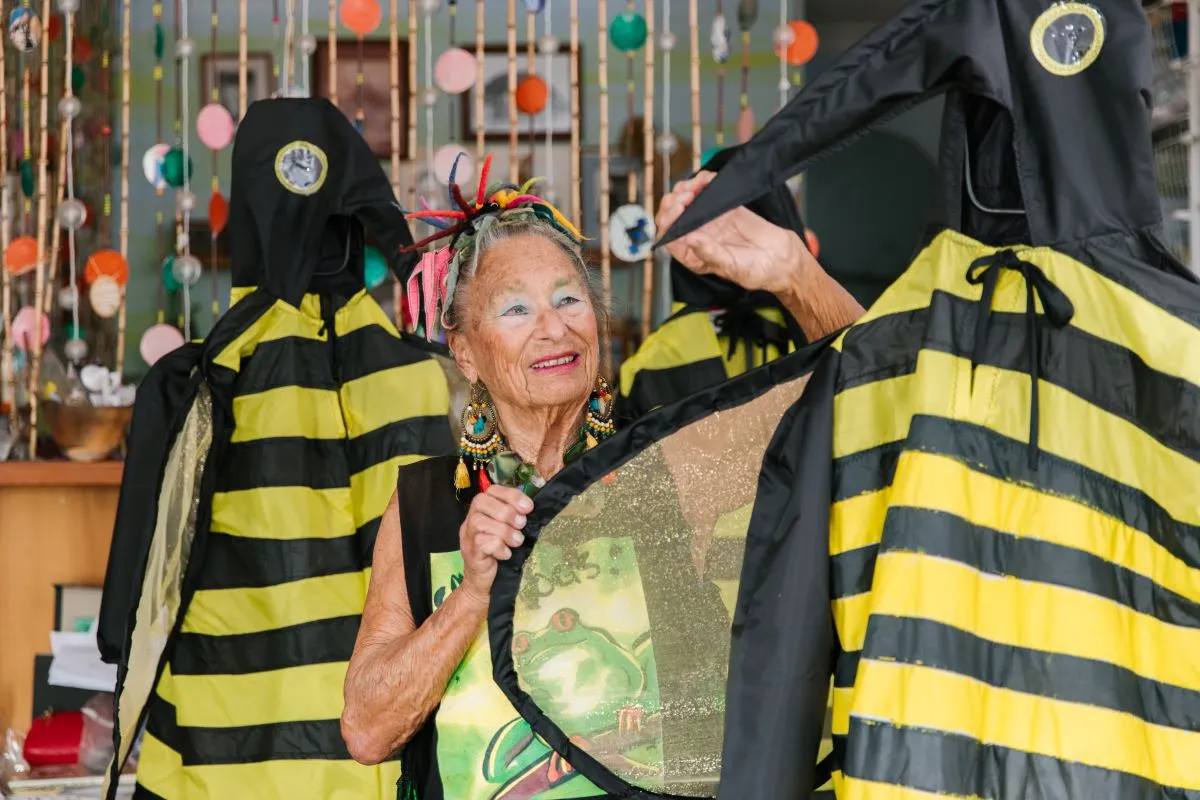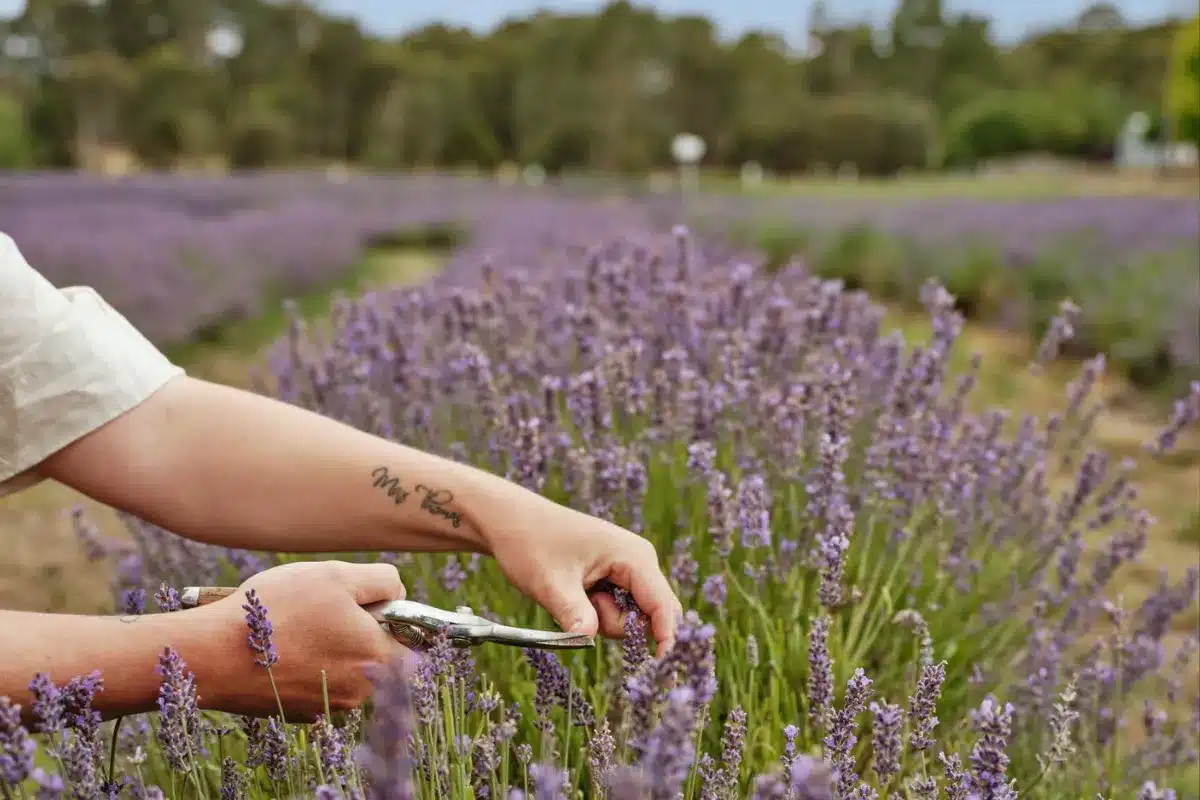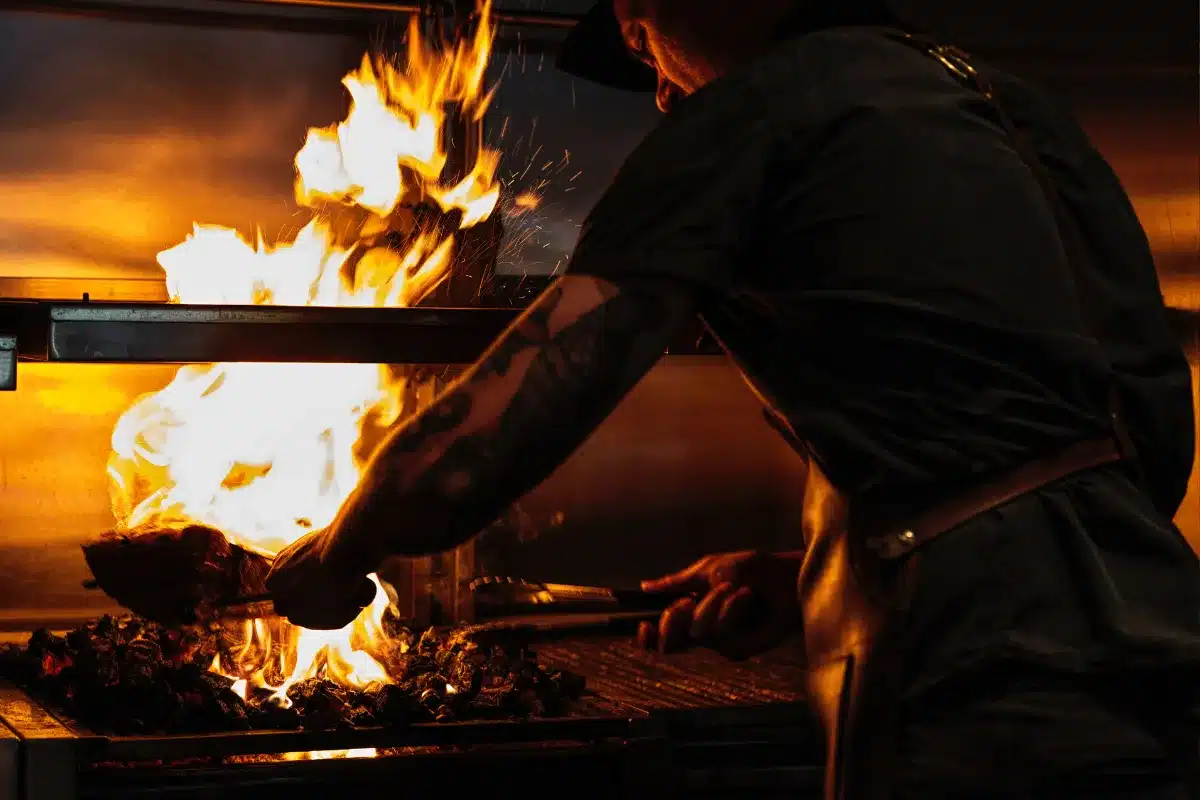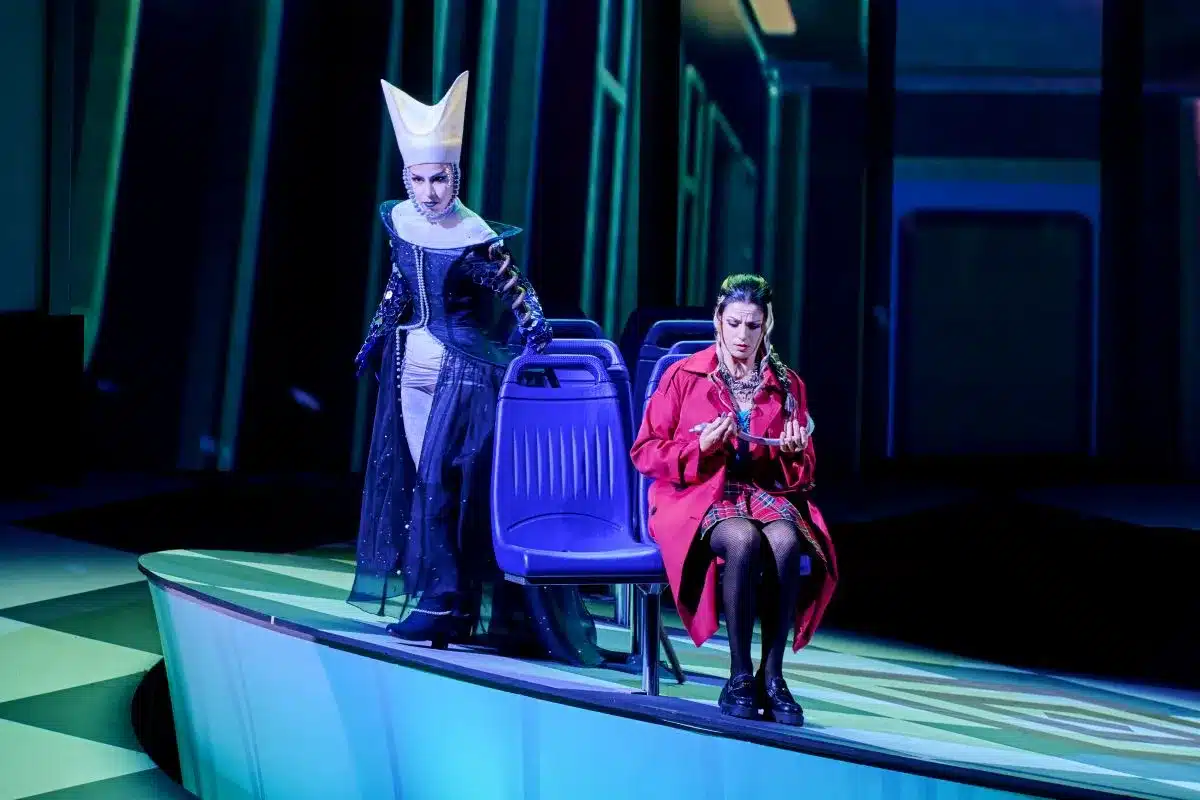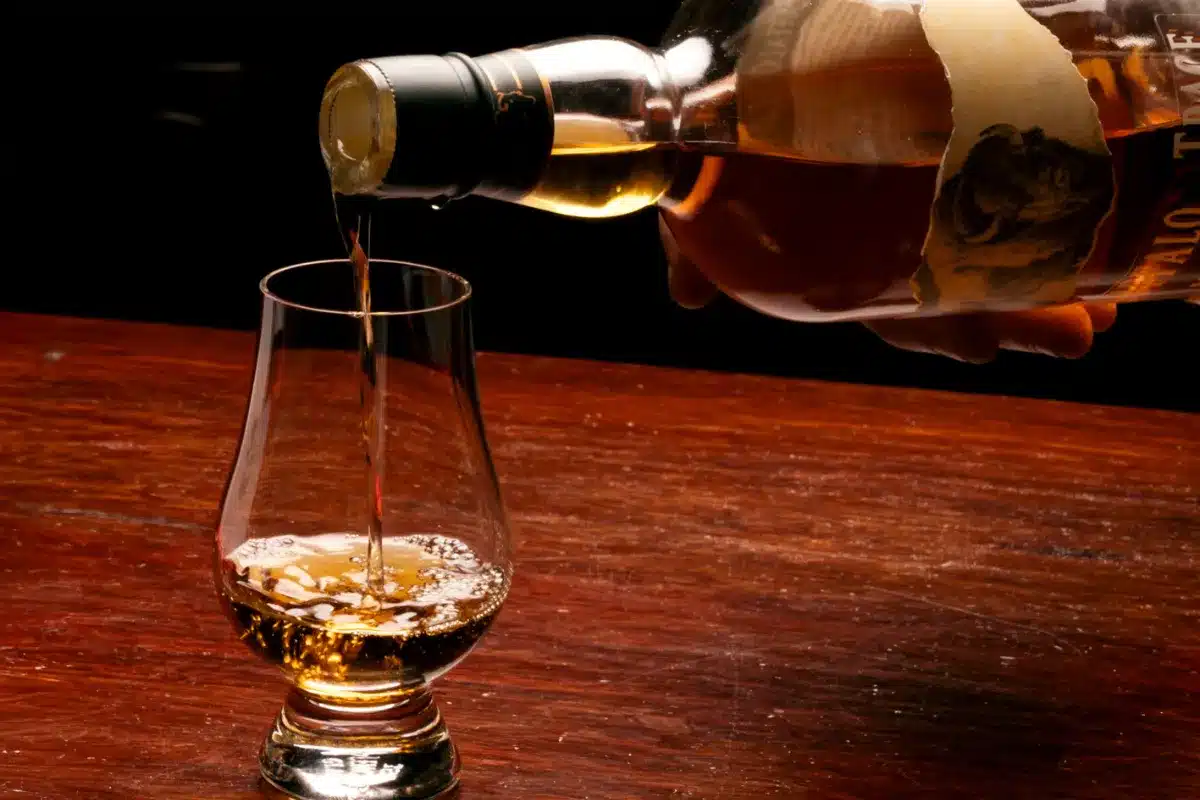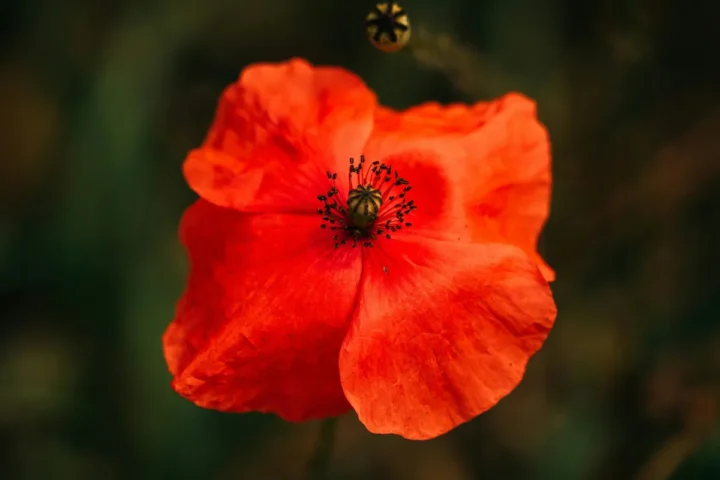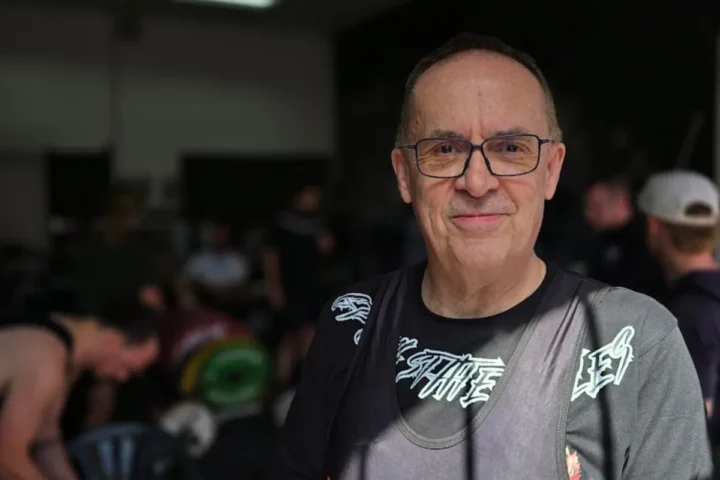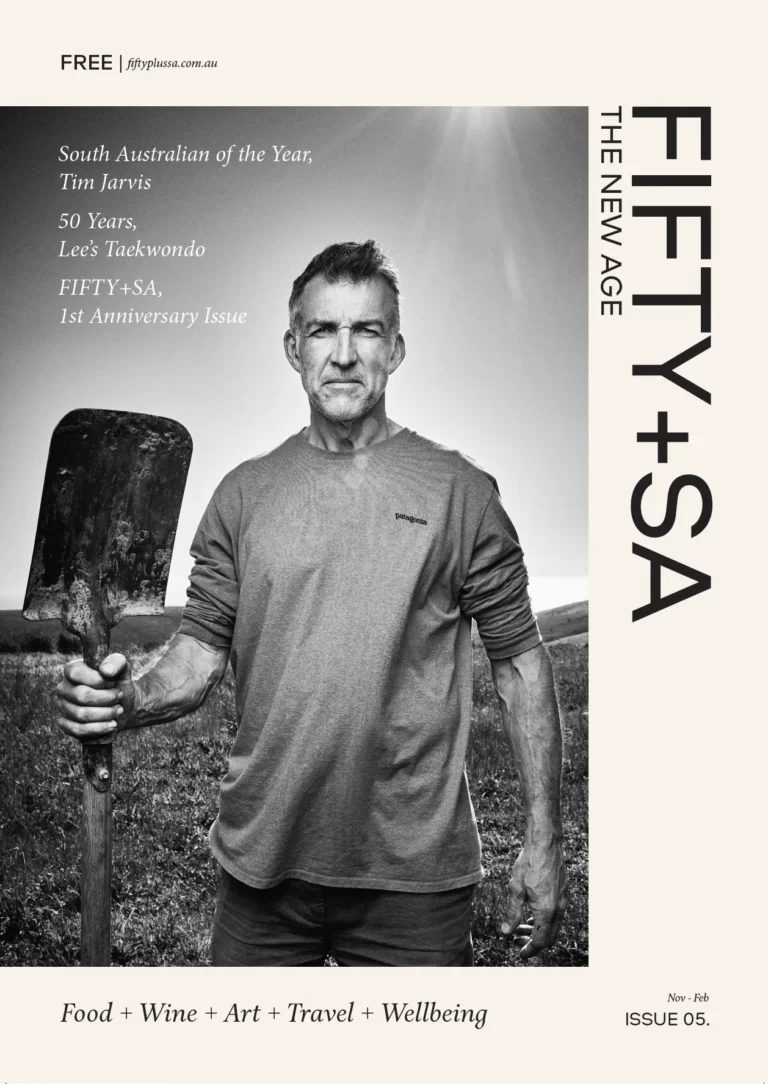INTERVIEW: Kate Holland
In December this year Evelyn Roth will clock up 88 years of existence. Before then, she’ll complete a number of commissions for inflatables and even board a plane to Hawaii with a duffle bag full of nylon bees. If creativity is fuel, her tank is permanently full.
How did she end up stitching nylon creations for a living? As she tells Kate Holland, her story starts on the black dirt of Alberta (Canada), surrounded by capable, creative family.
I grew up on a farm with no electricity. My Mum was a huge influence on me. She painted and she knitted a lot, and I was always around her. Even though she died when I was only nine, I was already a lot like her. My Dad was also very handy. He built our house, and he was a welder. I remember him creating a snow plough attachment to put on the front of our model T Ford.
My grandparents had Ukrainian Polish backgrounds. Lots of family came to Canada and lived on farms, quilting, harvesting, and sharing. It was very communal. As a result, taking part in workshops and community arts has always been very much a part of my life.
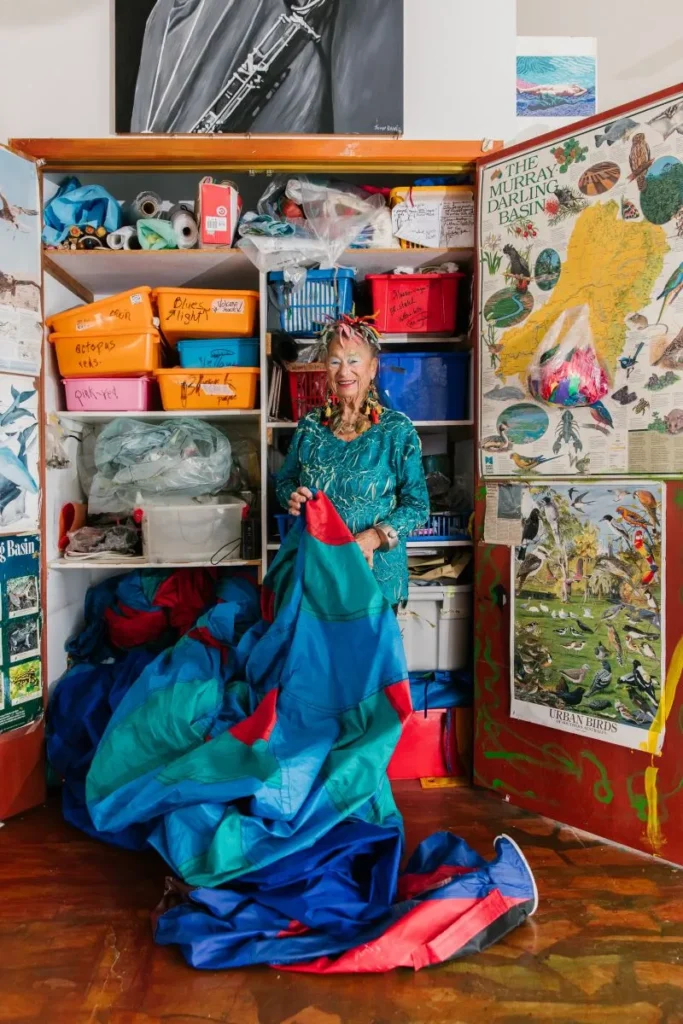
How did growing up in the 60s and 70s influence your art?
I think I’m lucky that I can relate to the drama and creativity of the 60s and 70s, and I met some incredible people.
In 1968, I was a part of Experiments in Environment: The Halprin Workshops which saw 16 architects and 16 dancers working together. Here I met Marilyn Wood, a dancer from New York. Marilyn established the Celebration Group which joined dancers with other creatives and toured to cities world-wide. It became very much part of my world and I travelled to many places with Marilyn.
While talking to you I’ve been looking for my special bracelet, called a lady’s companion, which was made for me by my friend William Clark. We met in New York during the 60s when making wearable art. I was doing leather, and he was doing jewellery. The silver bracelet is shaped like a sphere and can store four ounces of liquid inside. It has a stopper on top that makes it look a bit threatening for which I am grateful.
In 1977, I was invited to show my Moving Sculptures at the newly opened Tehran Museum of Contemporary Art in Iran. It was a big deal and people came from all over the world. The Shah was still in power, and I felt the country was not quite ready for us all. No Western woman could walk down the street in a t-shirt without being accosted. The bracelet really helped me.
William also made a series of necklaces that when combined would make an emergency ladder in case you needed to crawl off your roof!
In the 70s, I was introduced to Donna Henes who had been appointed urban shaman by the mayor of New York City for the act of bringing public attention to celestial events. She told me that you can stand a raw egg on its end twice a year, during an equinox. People used to flock to New York to do this. I have carried on the tradition with art colleagues and friends. This March I put up my inflatable nylon chicken at home and invited people in the community to come and try. I had lots of raw eggs at the ready.
The 1970s were big for recycling too. I was an original recycler. I experimented with knitting and crocheting a variety of materials including fur, nylon, leather and videotape. Using my whole hand to crochet, I used videotape to make hats as well as cosy covers for cars and water tanks. The tape keeps tanks cool and can last for eight or so years.
I published a book in 1975, The Evelyn Roth Recycling Book, to share my tips. The photo of a tape-covered car caught the attention of Silva Harris, then Adelaide Festival curator, and in 1979 she invited me to create an experimental jungle in the Adelaide Festival Centre’s main foyer. It was created out of discarded 2-inch rolls of tape from the ABC. Those rolls are big and heavy and there’s one mile of continuous tape in each reel. I used about ten! Silva and I became friends, and she created a number of opportunities for me over the years, including a trip to the APY lands for a rabbit knitting project.
Our first project together was special for another reason too. On my second day in Adelaide, I was taken to Maslin Beach and had an epiphany. I knew I wanted to live there someday. Years later I was on a drive with Jane Lomax-Smith, who I’d met in a line of all things, and we drove past the lot I live on today. It was for sale! I built my house in 1995 and got a citizenship visa under the Distinguished Talent pathway (usually afforded to sporting people) as a community artist in 1996.
Having arrived in Australia as a divorcee I was determined not to be ‘that single woman’. I soon spotted a singles column in the local Messenger. An artist living in Port Willunga was looking for company. That artist was John Davis. We’ve been married since 2000 and make a great team.
I love the area and community so much and I’m pretty well known. I bring my inflatables out for events like Christmas, Easter, Halloween and Mother’s Day. Sometimes I lend them to people too. I’m constantly encouraging community interaction.
Speaking of inflatables, most WOMADelaide regulars will be familiar with the Nylon Zoo, but can you describe it for anyone who isn’t?
The Nylon Zoo is a fun way to engage children in art, movement, and storytelling about nurturing the environment. You’ll spot them dressed as colourful animals, birds, plants, or dinosaurs (I love watching how they interpret the animals) and we take them on a parade (wearing them out a bit) before leading them into a giant inflatable creature for story time.
I was at the very first WOMAD in McLaren Vale and the same turtle I took there visited the Barossa at the end of March this year. Nylon is fantastic because it’s waterproof, windproof, comes in beautiful colours and lasts forever. Some of my pieces are nearly 50 years old.
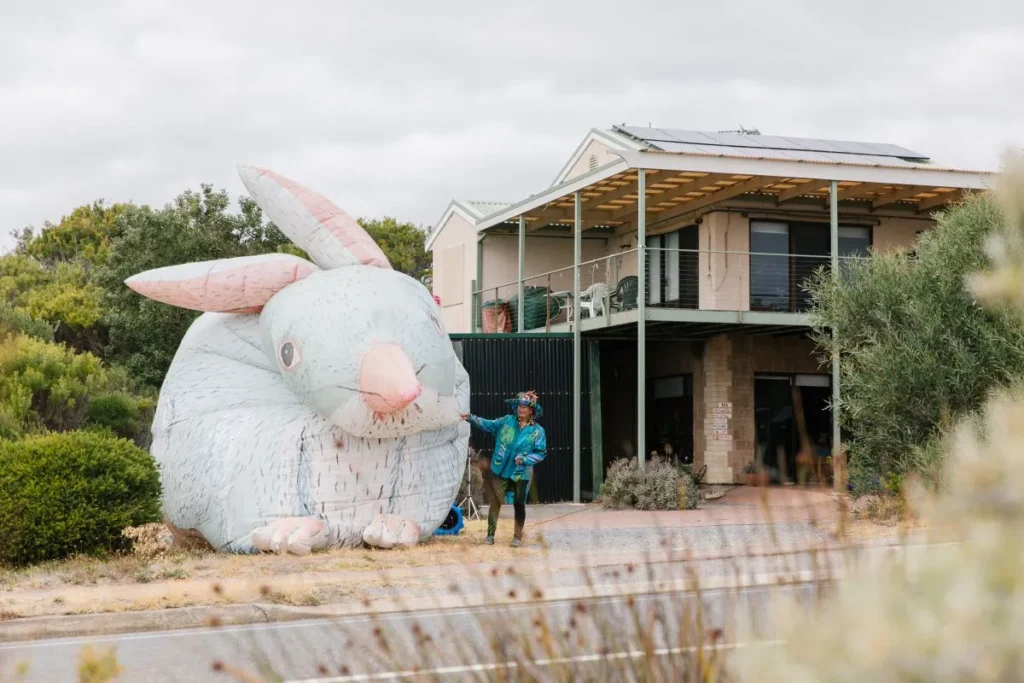
What’s the first inflatable you ever made?
Back in 1977 I was living in Vancouver and was invited to sew a giant salmon for a Haida Potlatch (a First Nations celebration) which then became the focus for a salmon festival. Someone suggested using a furnace fan to create movement and it became the first in my world of inflatables. I still have it.
Interest in my creations grew from there and I have taken my fabric art all over the world to take part in expos, festivals and sporting events. Sometimes I get specific requests, like producing a 14m inflatable cuttlefish for the City of Whyalla to use during mating season!
How long does it take to make the big inflatables?
It can take me between two weeks to a month and is always good fun. You can sew by hand or with a regular sewing machine as the material is quite easy to work with. This is why it’s great to teach in schools. There’s a school in Vancouver where we made a giant crab with 11-year-old children. And we made the legs move. The young boys loved running the sewing machine.
I’ve worked with schools in Hawaii for over 35 years. The Hawaii Storybook Theatre goes to all five islands. I’ve created various marine animals and last June I made an inflatable honeybee to go with a story about a honeybee that lost her wings. The nylon bees I’m delivering this June will feature at a honeybee festival. Each year they create a colouring book with pictures of my new creation and 5000 children receive a book.
What’s the strangest inflatable you’ve ever made?
Contacts in Hawaii asked me to make an inflatable cancerous colon for educational purposes. It’s about five metres long and as you walk through it you can read health information but also touch various textile materials. There’s even a fart cushion as you step out. They’ve used it in shopping centres with a nurse on site to talk through the colon cancer information.
Similarly, an Aboriginal community asked me for a set of inflatable ears and a nose. My husband drew up a plan for me. You enter via the ear lobe and step out of the nostril. You can stick your hand into the eardrum and down the tube which has all kinds of surprises and squiggly tactile things inside. It goes along with a health team, and a dialysis machine, to at least three communities where people have their ears checked and learn about ear health.
I’ve made all sorts of things. In 1992, I made a dinosaur for the Rio ‘Earth Summit’ in Brazil. I’ve created a funky bookworm for a bookstore, a rabbit for a neighbour, and over Easter my giant Bilby went to the chocolate factory in the Barossa.
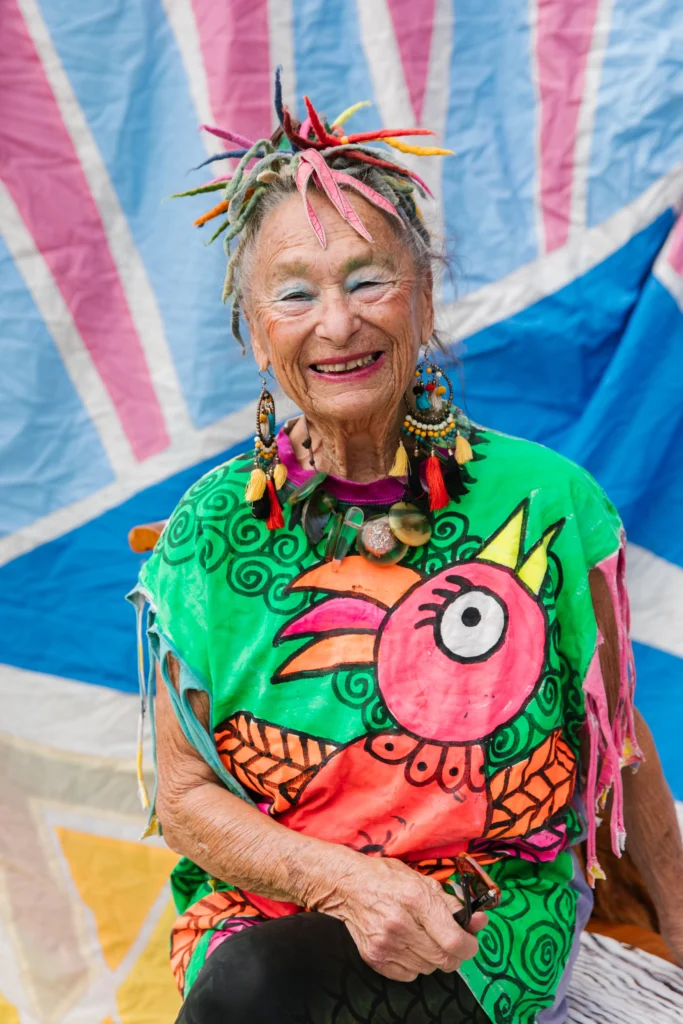
How many deflated animals live in your cupboards?
At least 30. I can think of some great reasons for them to come out of there.
I’ve spent quite a lot of time working in the APY lands, sharing my skills. The young people there were quick to learn, and it showed me how well knitting and talking go together.
I’d love to see more of that here in the city. During the colder months my inflatables could live in community centres and multi-generations could gather to share stories.
Your life’s been full of creativity. Do you think that’s helped you have a good life?
Yes, I do. As well as my husband, John, who is an artist and painter. My happiness often comes from being able to make things, be it knitting, crocheting, or cooking and braiding the top of a pie. And I’ve had the instant reward of sharing joy with children – seeing them dressed in my butterfly costume, for example, hugging a tree. My work is very rewarding.
Creating inflatables is not rocket science. I’m training others to make them and introducing them to the education system because they bring so much enjoyment to people.
Ideally my beloved home at Maslin Beach will remain a centre for celebration long after I’m gone. I think I have 10-20 years left in me and I’d love to have someone work for me two days a week to ensure all my treasures – wearable art pieces, dance costumes and inflatables – find their own perfect resting place. If you’re interested, please get in touch!

